Yesterday, late afternoon, Sarah developed a migraine – the first of this trip. She took herself off to a dark quiet corner in the back of Basil while I tiptoed around like an elephant in tap shoes. By the morning she was much better but decided she could do with a day to recover and so I paid Ivan for another night on his back lawn.
Sarah agreed it would be a good use of time for me to go back into Sofia for some more exploration while she had a quiet day, so off I set.
The area around Ivan’s is a mixed small industrial and residential area and much of it is reminiscent of the communist era, in particular the tall, utilitarian housing blocks with peeling paint and bare expanses of concrete. A complete contrast to the centre of the city.
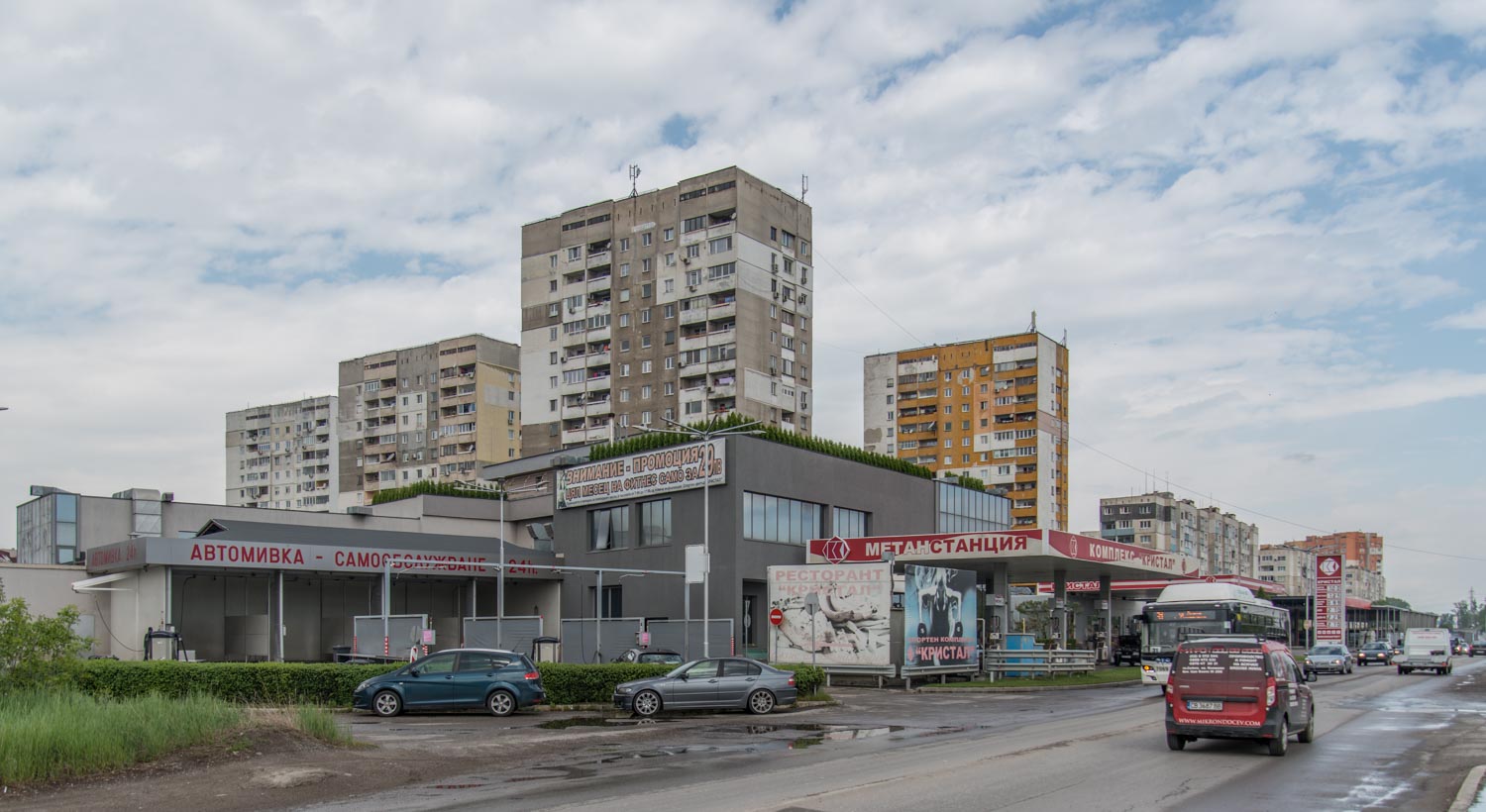
My first problem was that we had deliberately spent every last Lev of our Bulgarian money yesterday and so I had no change for the Metro. Fortunately the lady in the ticket kiosk saw a chance to make a few cents and kindly agreed to take a Euro coin from me, which I think saw its way into her handbag and the correct Bulgarian coins went from her handbag into the till! Capitalism in action.
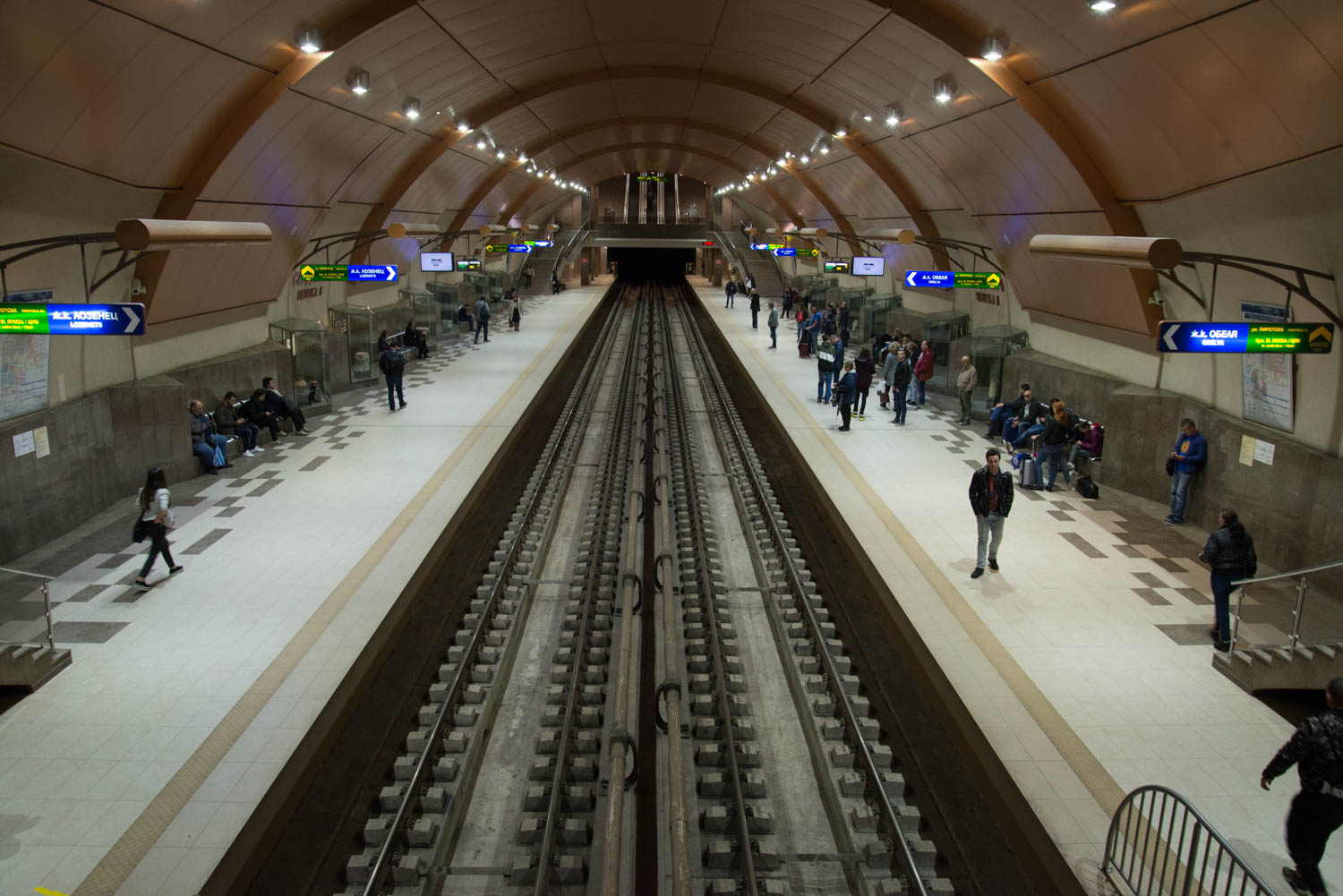
My first stop, having arrived in central Sofia, was The Red Flat. It is a new “museum” set up by the company who runs the Free Sofia Tours and only opened this year. It is essentially a residential flat in the middle of the city which has been transformed into a one bedroom apartment from the late communist period. It proved to be an excellent choice, because the small flat is brought to life by an excellently produced audio guide which provides you with details, not just of the items in the flat, but also information about life for a fictional family who lived in the flat in the 1980s. Believe it or not this small apartment occupied me for a full one and a half hours! Others who had been in the flat earlier than me were still looking round when I left.
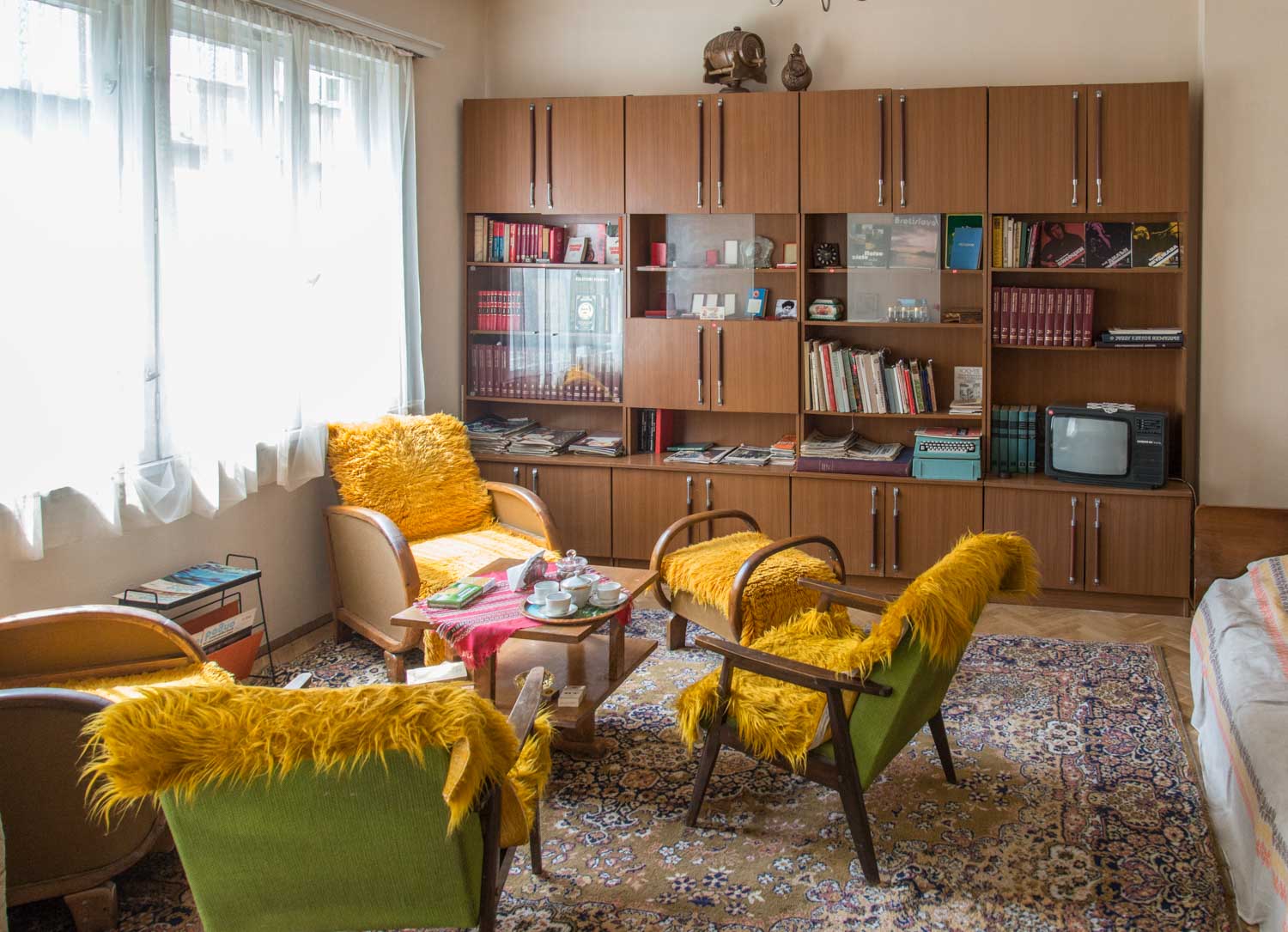
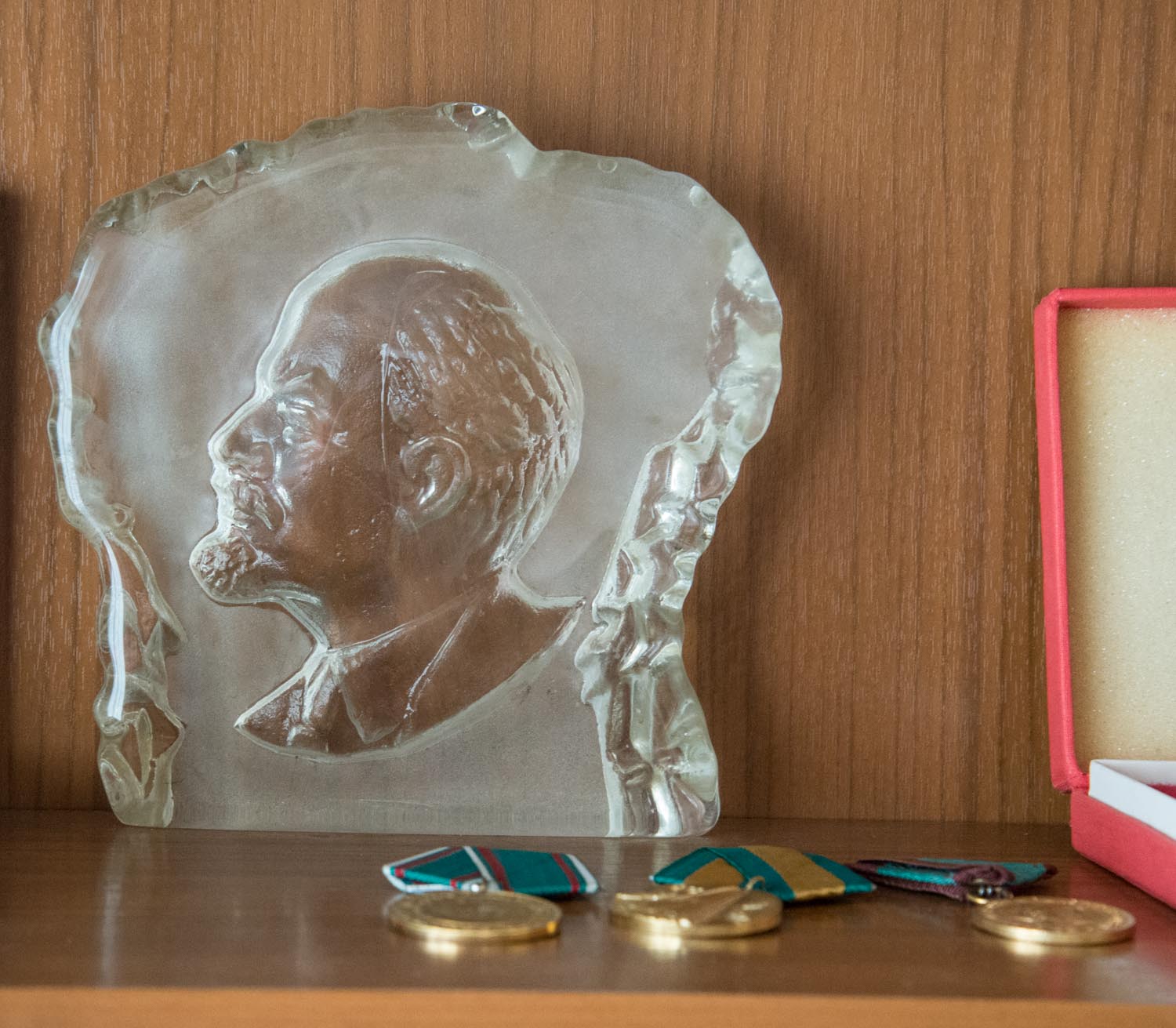
The whole idea works very well with only three or four people looking round but if numbers get much higher it may quickly start to get too crowded. The strange thing about the experience was that it reminded me quite a bit of houses I knew in England in the 1960s. I was particularly surprised that the family had a television and other electrical items, but it was explained that the fictional father was an engineer working in Libya which gave him access to more than average consumer goods.
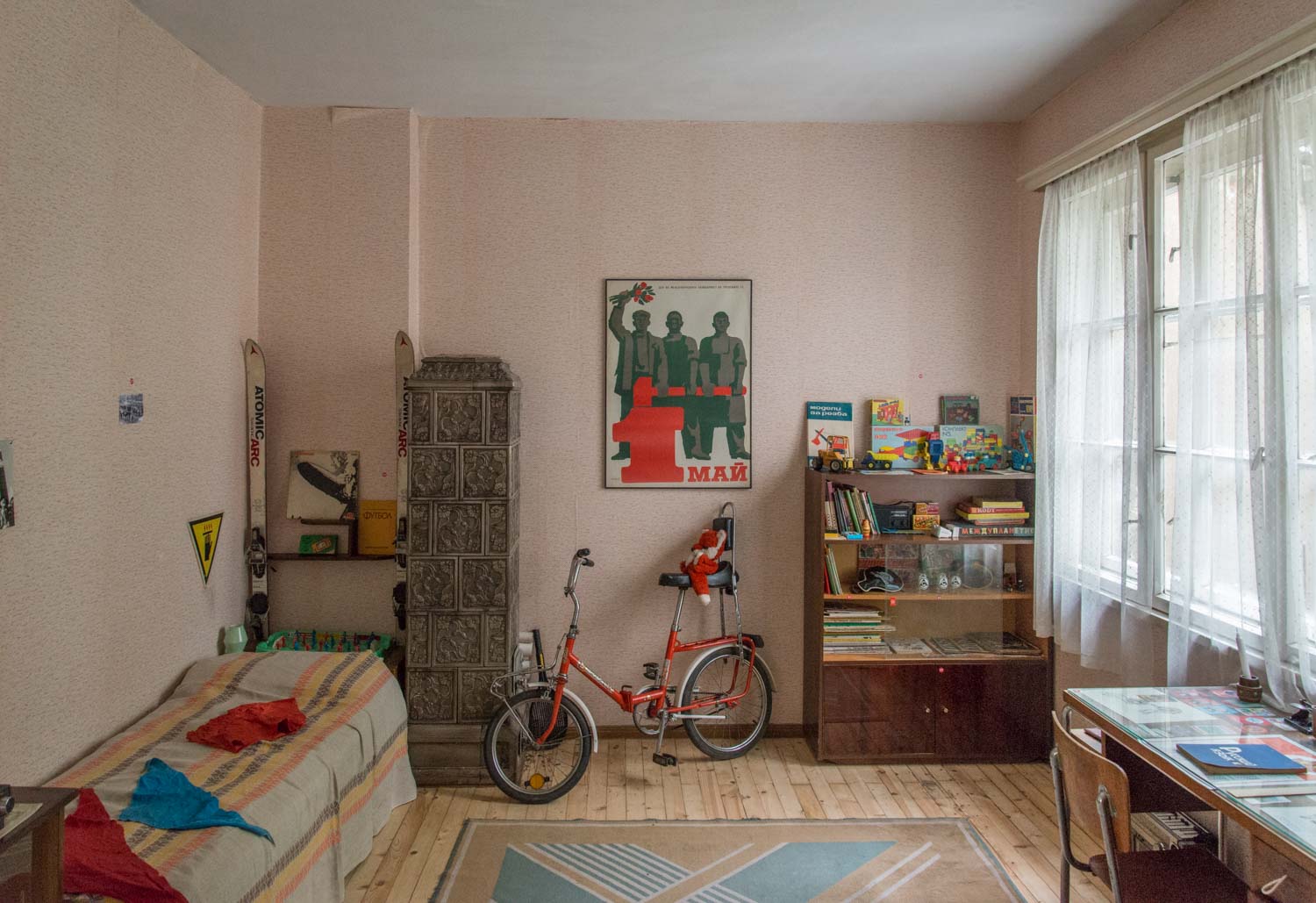
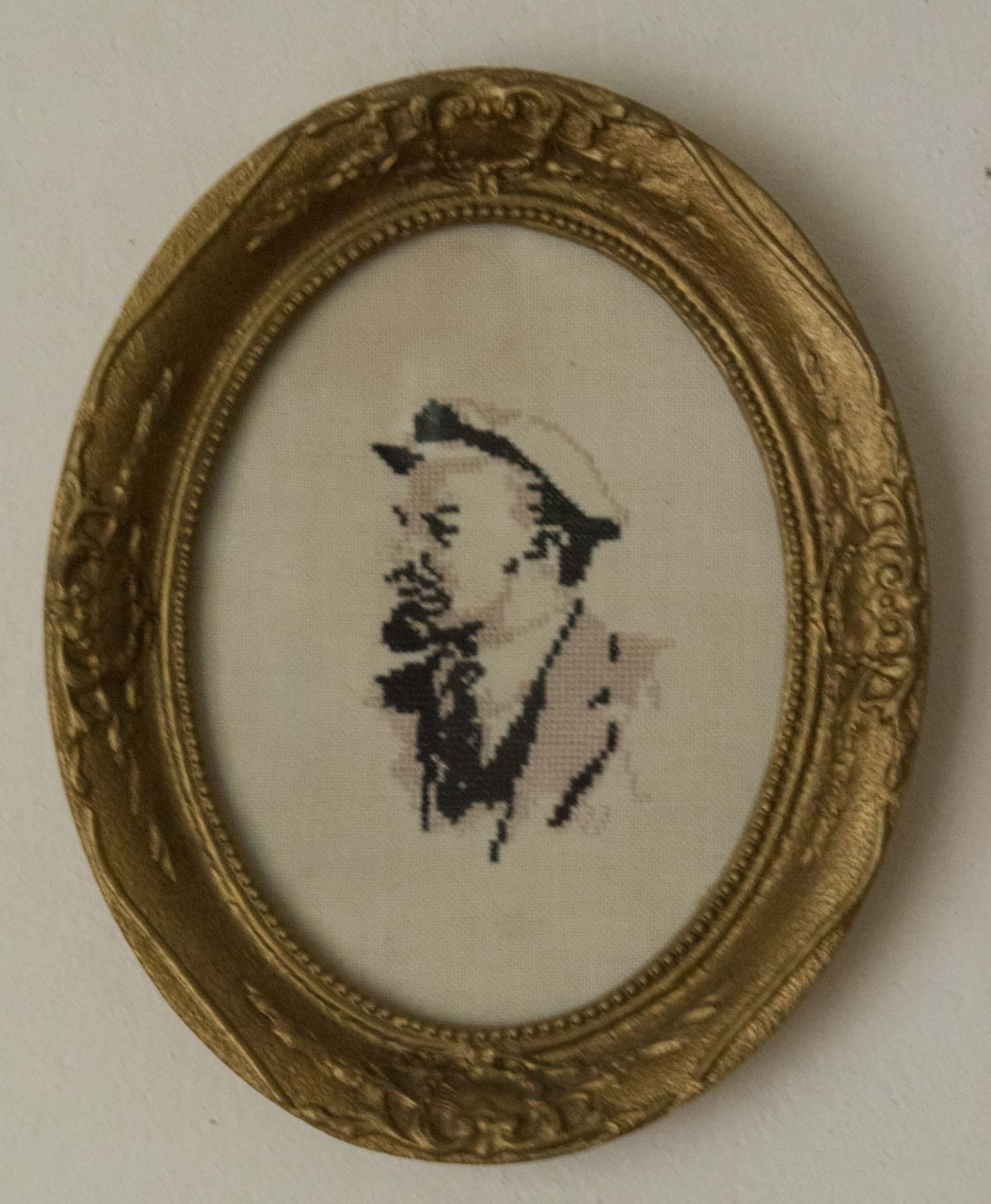
Following this I went to the Alexander Nevsky church, the main body of which was one of the darkest places of worship I have ever visited. It also paled in comparison with some of the amazing Orthodox churches I have previously seen in Russia.
The crypt under the church had been turned into the national museum of traditional art. This turned out, in fact, to be a museum of religious art. Beautiful though each iconographic image of Christ or Virgin and Child are, Orthodox art has not undergone a Renaissance such as happened in Western Europe and as a result all the images are highly stylised and it wouldn’t be too much of an exaggeration to say that the images from the 17thCentury looked much the same as those from the 10thor 19thCentury. Suffice to say that the museum did not hold my attention for long.

Yesterday we hadn’t been able to look in the Church of St. Sofia, because of a funeral. St. Sofia church is supposed to have given its name to the city, which used to be called Serdika. St. Sofia church was originally built in the 3rdCentury, although what can be seen above ground dates from the 6thCentury. Apparently it was built on a prominent hill outside the city walls and could be seen from a great distance. People would say, rather than “I’m going to Serdika” instead they would say “I’m going to St. Sofia” and that is how the city name got changed.

The church, being so old, is one of the most interesting I have seen, with the whole roof made from Roman style bricks. Underneath the church it is possible to visit some fascinating excavations showing the original 3rd century crypt. This is full of 3rdCentury tombs and there is even some very complete mosaics which would have been the floor of the original church. A very worthwhile visit.
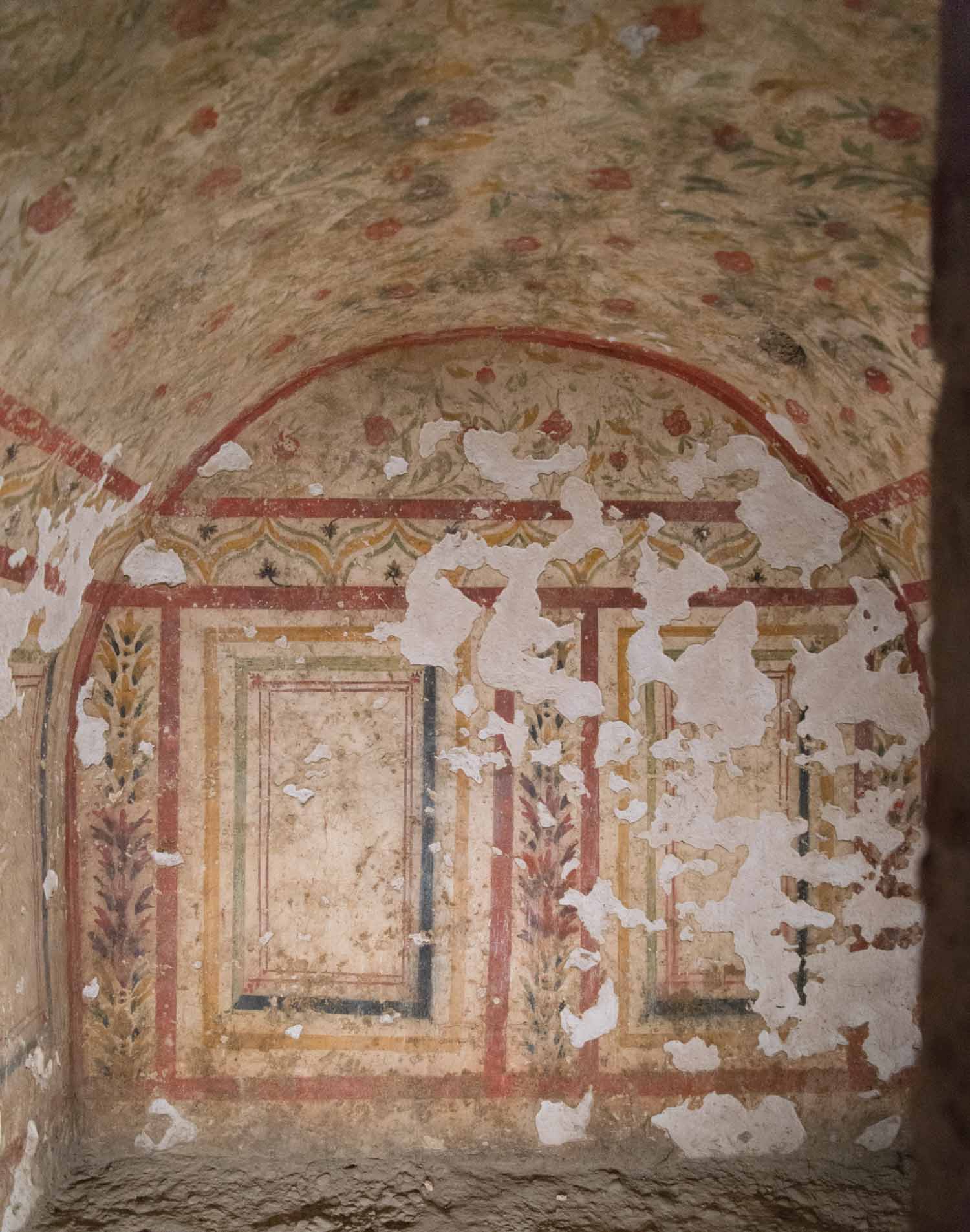
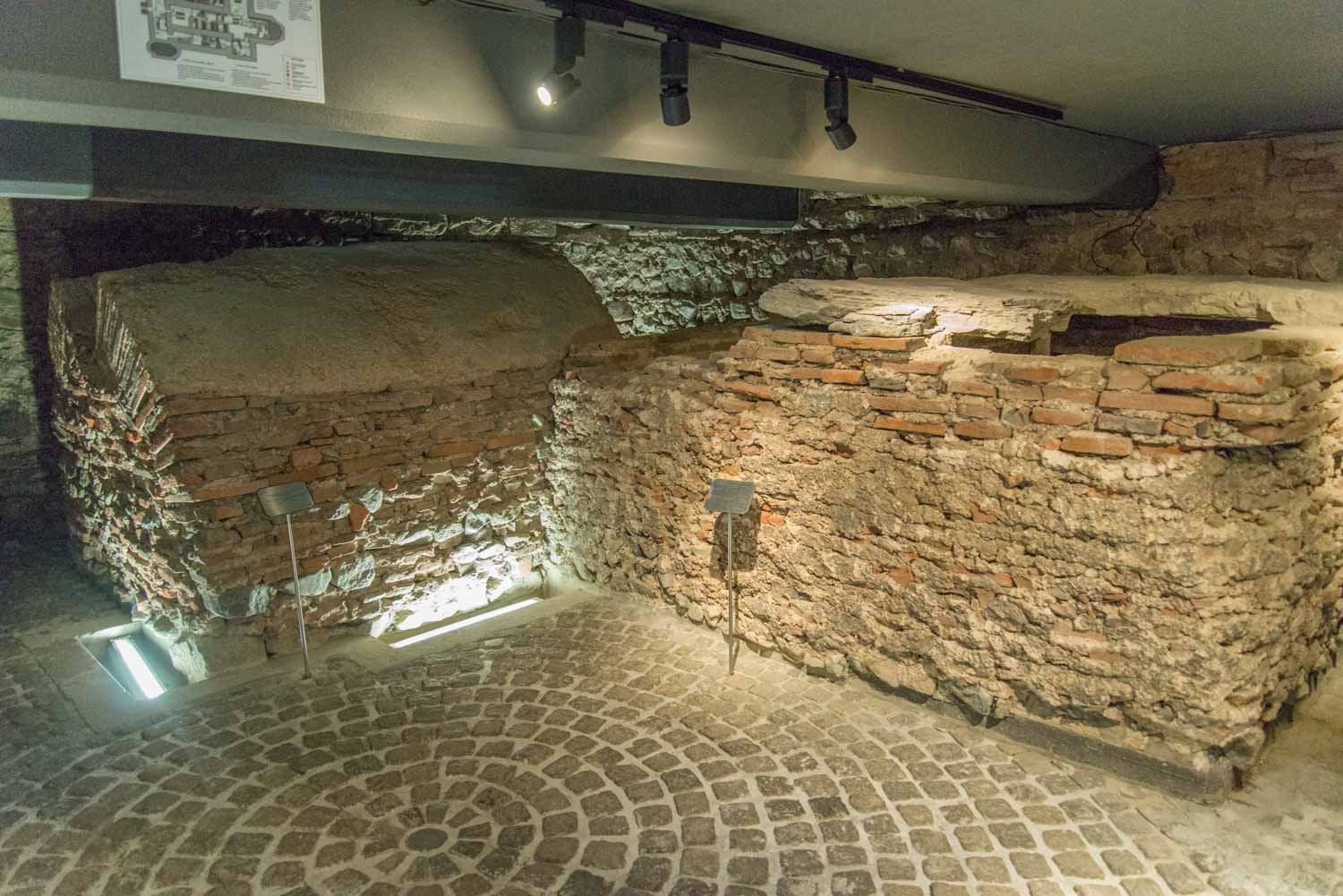
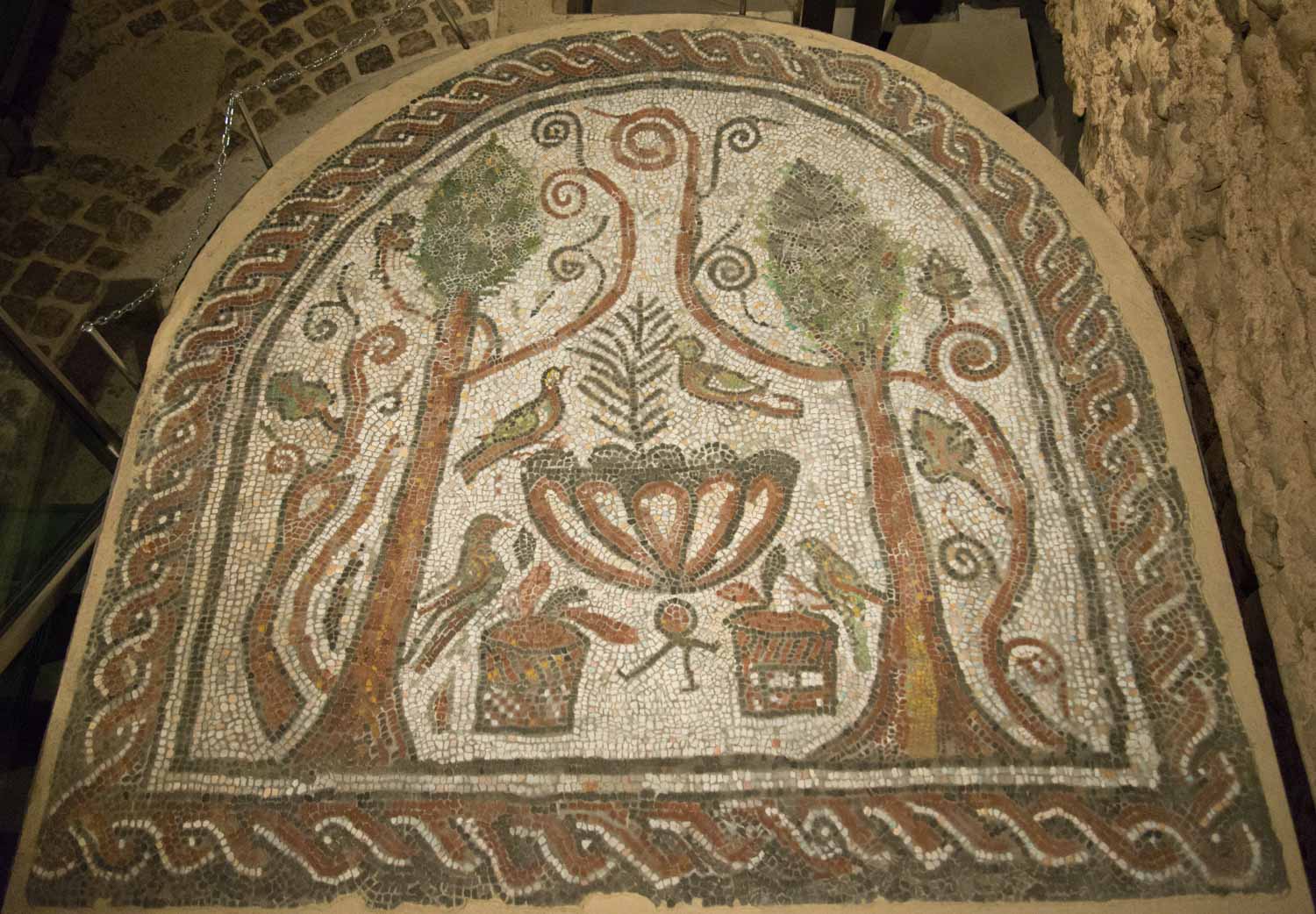
Wandering back to the Metro station I came across an area in one of the cities many beautiful parks, where middle aged and elderly men were playing chess. There were dozens of games going on, some timed, and all very intense. I spent twenty minutes watching a thrilling end game where one man was well down on time, but had a small advantage in pieces. Pieces were moved and taken at lightening speed as he tried to convert his advantage to victory before time ran out. He succeeded with about 30 seconds on the clock.

One man, not speaking much English, tried to entice me into a game for money. Knowing the old Eastern Bloc’s proficiency at chess, I knew much better than to take him up on his offer. It would have been a humiliation!

For lunch I tried a Bulgarian speciality, Banitza. It’s a tube of what looked like layered filo pastry filled with a form of cottage cheese. It is enough to say that although it was filling I will not be knowingly ordering one again.
In summary Sofia has been a great find. I have now spent 10 hours looking round and I haven’t been in any of the main museums. It is an undiscovered gem for long weekends. Best of all its still very cheap!
Back at Basil Sarah is much better and we look set to head for Serbia tomorrow.
